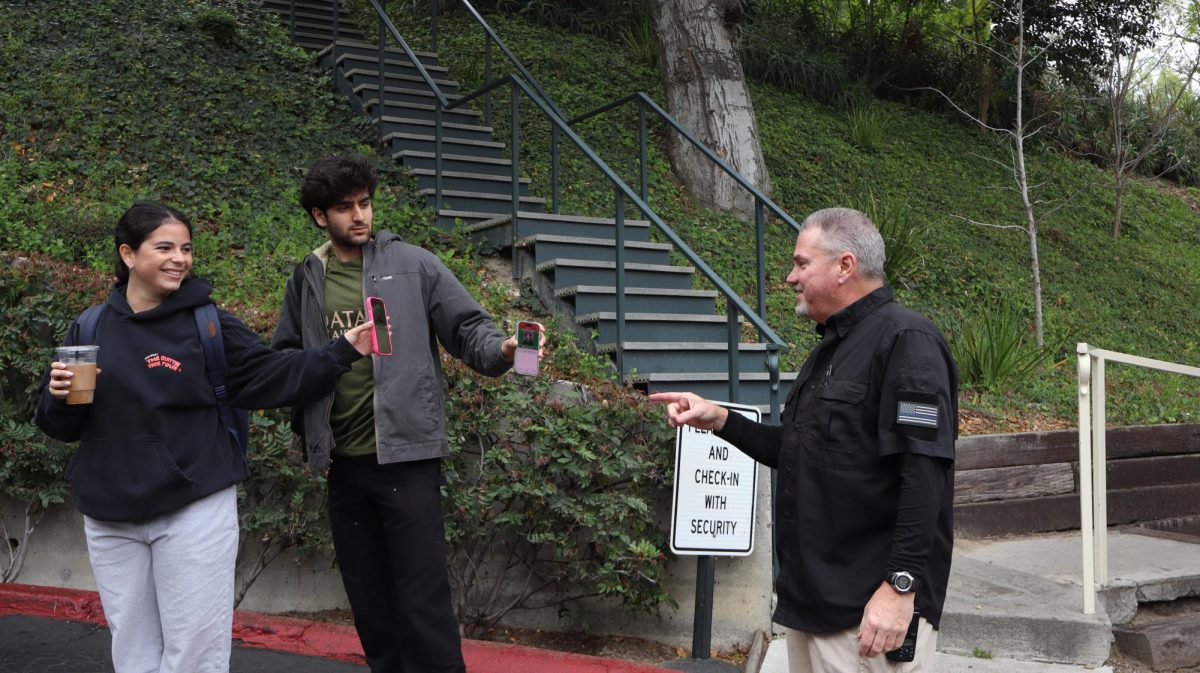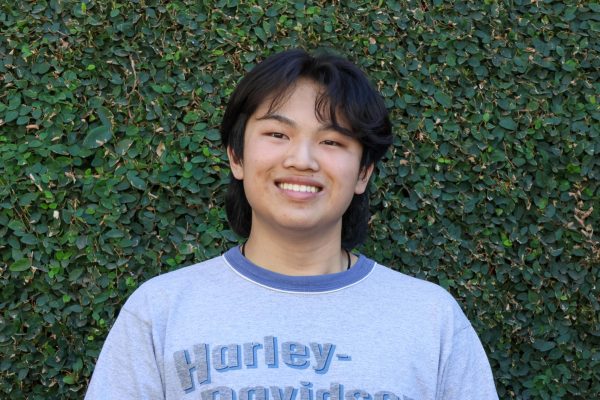Middle Eastern Student Student Association (MESA) hosted its annual Nowruz celebration on the Quad on March 20. Nowruz is the first day of the Persian New Year, which falls on the first day of spring and is celebrated by many people of Iranian and Western Asian heritage.
MESA Leader Lila Daoudi ’24 said celebrating cultural events is important to cultivate a diverse school environment.
“Exposing people to different cultures is good for producing globalized citizens,” Daoudi said. “Being able to foster foreign understanding creates new avenues for connections. We [celebrated] Nowruz [at school] by bringing traditional Middle Eastern food and explaining the origins and values of the holiday. It was an opportunity to engage with other students, so we could tackle our shared issues for change to be realized.”
Upper School History Teacher and MESA Faculty Advisor Dror Yaron said representation of Middle Eastern students has grown dramatically since he began at the school.
“[Now], there are students from various parts of the [Middle East], not merely from Iranian or Persian backgrounds but also Arab students and Muslim students,” Yaron said. “MESA used to be mostly Jewish, and what has occured [now is that members] are mostly of Persian backgrounds with some Pakistani and Arab students.”
Dhara Jobrani ’26, who is half-Iranian and half-Indian, is grateful that the school has created a greater community for Middle Eastern students.
“[At home], I celebrate Nowruz by spending time with family and cleaning my home to get ready for the new year,” Jobrani said. “I also clean out my closet and filter through my friends to see which ones are worth carrying through the new year. It is important to have diversity to get a good scope of opinions and expose kids to new cultures and open their minds to new ideas.”
Yaron said Middle Eastern issues and traditions have received more attention in the last few years.
“There’s been more attention to Nowruz, to Ramadan, to Middle Eastern Culture and to some degree, Middle Eastern causes,” Yaron said. “Before, Middle Easterners at school were invisible, and, if anything, were more affiliated with Jewish students, who were interested in [specifically] Israel as part of the Middle East.”






























